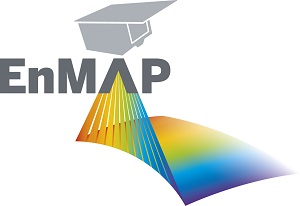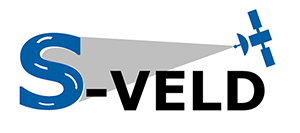This vector dataset is based on a 10 m resolution raster dataset that shows forest canopy cover loss (FCCL) in Germany at a monthly resolution from September 2017 to September 2024.
Results at pixel level were aggregated at municipality, district, and federal state level.
For the results at administrative level we differentiate between deciduous and coniferous forests.
We use the stocked area map 2018 (Langner et al. 2022, 10.3220/DATA20221205151218) as a reference forest mask.
We differentiate between deciduous and coniferous forests by intersecting the stocked area map with a tree species map (Blickensdörfer et al. 2024).
Pixels of the classes birch, beech, oak, alder, deciduous trees with long lifespan and deciduous trees with short lifespan were classified as deciduous forest and pixels of the classes Douglas fir, spruce, pine, larch and fir as coniferous forest. The coverage of the two datasets is not identical, which is why a few areas of the forest reference map remained unclassified. These were filled with the dominant leaf type map of the Copernicus Land Monitoring Service (CLMS 2025). Therefore, the vector data at administrative level contains information about unclassified forest areas and the total forest area as the sum of deciduous, coniferous, and unclassified forests.
The FCCL confidence at pixel level is lowest at the end of the time series because the number of repeated threshold exceedance is used as a criterion to record forest canopy cover losses.
Therefore, we excluded July 2024 through September 2024 from the annual and overall statistics and summarized the respective FCCL as additional attribute.
The dataset is a fully reprocessed continuation of the assessment in Thonfeld et al. (2022).
Product Information:
- Product Name: Forest Canopy Cover Loss (FCCL) - Germany - Monthly, Administrative Level
- Release: 2025-06-05
- Contact: Frank Thonfeld
Data Information:
- Satellite: Sentinel-2/Landsat 8/Landsat 9
- Format: Geopackage
- Period: September 2017 - September 2024
- Coverage: Germany
- License: CC BY 4.0
Layers:
- FCCL at Pixel Level (
FCCL_DE_P1M_VEC): This layer shows forest canopy cover losses in Germany caused by abiotoc (e.g. storm, fire, hail) and biotoc (e.g. insect infestation, funghi) as well as anthropogenic (e.g. planned harvest, salvage logging, sanitary cuts) drivers at 10 m spatial resolution and at monthly intervals.
- FCCL at Administrative Level, Federal State (
FCCL_DE_P1M_LAN): The layer shows FCCL results aggregated at federal state level. FCCL is quantified separately for deciduous, coniferous, and unclassified forests and the total of all forest types for each month as well as aggregated to annual totals.
- FCCL at Administrative Level, District (
FCCL_DE_P1M_KRS): The layer shows FCCL results aggregated at district level. FCCL is quantified separately for deciduous, coniferous, and unclassified forests and the total of all forest types for each month as well as aggregated to annual totals.
- FCCL at Administrative Level, Municipality (
FCCL_DE_P1M_GEM): The layer shows FCCL results aggregated at municipality level. FCCL is quantified separately for deciduous, coniferous, and unclassified forests and the total of all forest types for each month as well as aggregated to annual totals.
License:
Provided under CC-BY-4.0 license by DLR/EOC
References:
- Thonfeld, F., Gessner, U., Holzwarth, S., Kriese, J., da Ponte, E., Huth, J., Kuenzer, C., 2022. A First Assessment of Canopy Cover Loss in Germany's Forests after the 2018-2020 Drought Years. Remote Sensing 14, 562. https://doi.org/10.3390/rs14030562
- Langner, N., Oehmichen, K., Henning, L., Blickensdoerfer, L., Riedel, T., 2022. Bestockte Holzbodenkarte 2018. https://doi.org/10.3220/DATA20221205151218
DLR © 2025


























